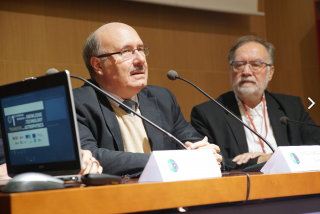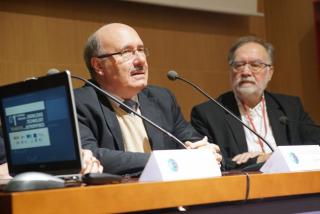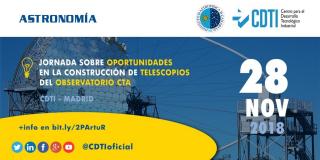
El Ministerio de Ciencia, Innovación y Universidades ha anunciado hoy la concesión del Premio Nacional de Investigación en Ciencias Físicas, Ciencias de los Materiales y de la Tierra a Rafael Rebolo López, profesor de Investigación del CSIC, actual director del Instituto de Astrofísica de Canarias e investigador con una larga trayectoria en el centro. Este es uno de los reconocimientos más importantes de España en el ámbito de la investigación científica.
Advertised on




